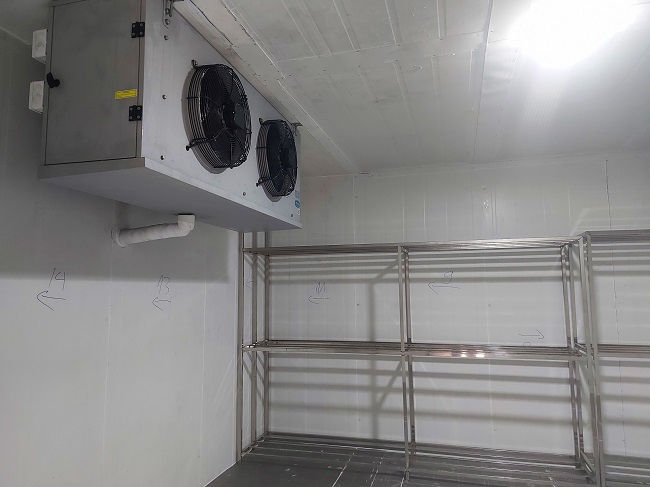The Role of Temperature Control in Cold Storage Efficiency
Temperature control for cold storage ensures that pharmaceuticals and perishable items which can save lives are kept fresh and safe. It also helps businesses save dollars on energy expenses.
Workplace safety in cold conditions demands appropriate attire and tools. Electric forklift battery power can lose power much faster within cold storage because of condensation.
Energy-efficient refrigeration systems
Temperature fluctuations can affect the merchandise stored within cold storage areas. They usually have effective refrigeration systems in order to minimize the chance of. Refrigeration systems operate through the circulation of coolant in order to take in heat and reduce its temperature. The cooling system can be used to cool all kinds of goods, which include frozen foods, pharmaceuticals electronics with high-tech and also the petrochemicals.
In order to ensure maximum performance, a system of refrigeration is required to be maintained regularly and checked. Regular cleaning and checks can lower energy consumption, and also reducing the cost of running it over time.
Another method to increase the efficiency of managing cold storage is utilizing smart technology in order to monitor the use of energy. Monitors are able to alert businesses to rapid increases in energy use that may signal an issue in your cooling systems. They may help in optimizing consumption of energy by allowing user to change temperature settings according to the requirements of the product. These systems can save 85percent of the energy required for lighting and reduce load on the cooling plant.

Inventory management for perishables
The management of inventory for perishable products needs special strategies to maximize supply chain efficiency. Strategies like these can cut down on the amount of waste produced, avoid stockouts and enhance customer satisfaction.
Make it easier to manage cold storage using forecasting of demand and analytics on sales. This can help ensure that your order process is planned to ensure that you receive storage, sell and store items in the time frame before their expiration.
Another method of managing your inventory of perishable goods include choosing credible suppliers who are committed to freshly-made products, bargaining for favorable terms for receipts and conducting quality checks. This can improve your ingredient in terms of quality, and increase freshness of the final product.
A different strategy for inventory of perishable items is first expiring last out (FEFO). This strategy focuses on the usage of goods with near expiration dates, reducing wasted products. Not to mention, by setting and monitoring regularly levels of reorders you can establish the amount of inventory needed to meet the needs of customers while also reducing the amount of waste.
Best practices for Cold Storage
Many food and pharmaceutical products require specific temperatures to store. Temperature fluctuations of any kind can damage the products and lead to high economical costs. These issues can be avoided through the maintenance of cold storage warehouses with the most effective practices.
To achieve these objectives, you must improve methods and equipment. But this can result in substantial savings over the long term. The best practices are automating processes, reducing heat exchange and using equipment made for cold climates.
In the end, you must be aware of how the cold storage facility you have in place is available to your employees. Providing workers with insulated clothing and other equipment will reduce health risks and increase productivity. Also, selecting access devices which are quick to open and close ensures that temperatures are not affected as employees travel around the premises. Insulated roller doors, as an example, offer faster access to various zones and create a seal which limits the air flow between openings. The method improves efficiency of the energy and also reduces cost of maintenance in thi cong kho lanh bao quan nong san.
Monitoring of temperature with IoT
The ability to maintain a constant temperature inside the warehouse is a crucial aspect of maintaining the security of medicines and food. IoT monitoring systems can monitor the temperature of your warehouse 24/7 and send alerts when it exceeds preset guidelines. They can reduce the amount of time you spend taking temperature measurements manually, as well as increasing the precision.
In addition to improving the management of cold storages and management, smart IoT sensors can help reduce energy consumption as well as product disposal. In monitoring the equipment’s performance and responding to issues promptly it can cut down on the demand for high-priced diesel and jet fuel to power refrigeration systems, and guarantee consistent quality of the product. Optimize your storage by making use of real-time data in order to decrease the number of backups you need and reduce temperature variations. Discover more about the ways IoT can revolutionize cold chain logistics, the combination of advanced technology, real-time monitoring and inventory management systems.
